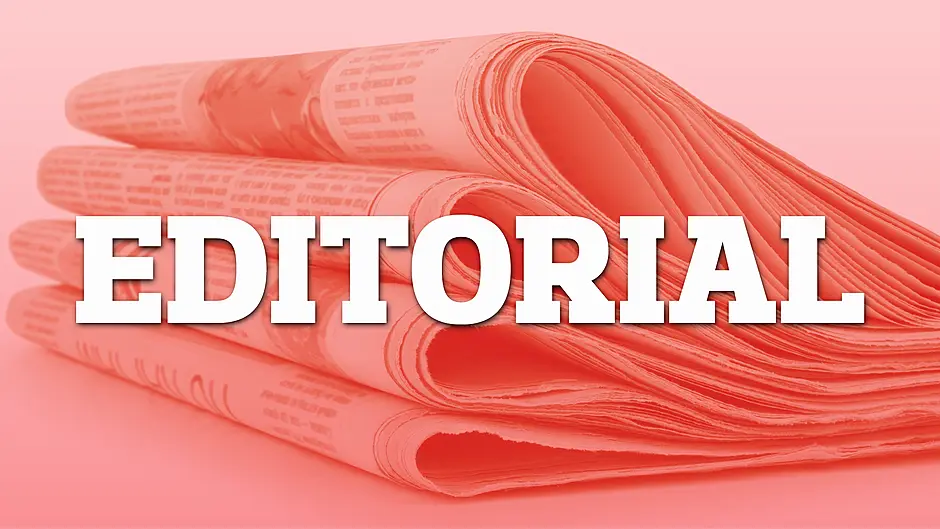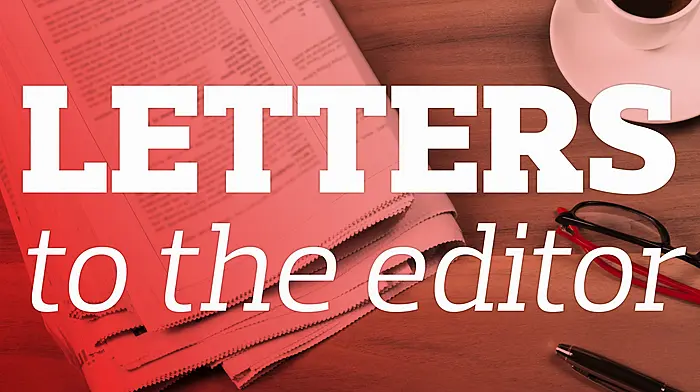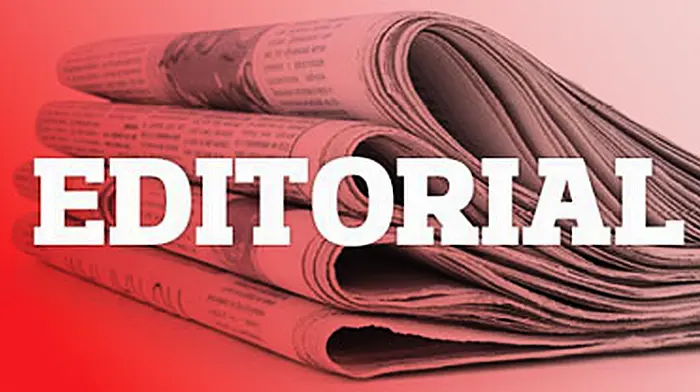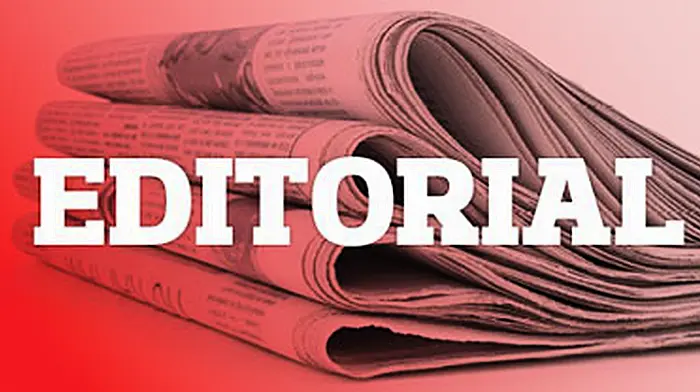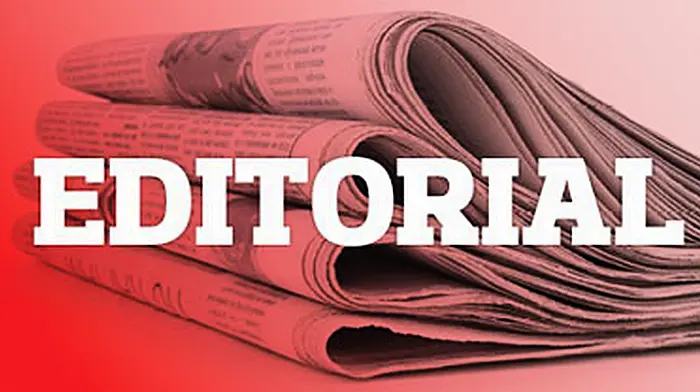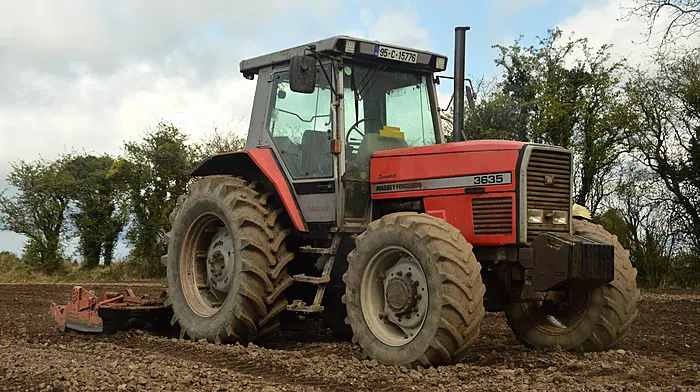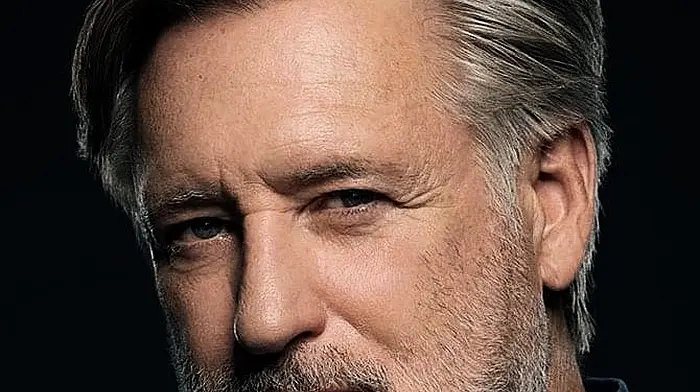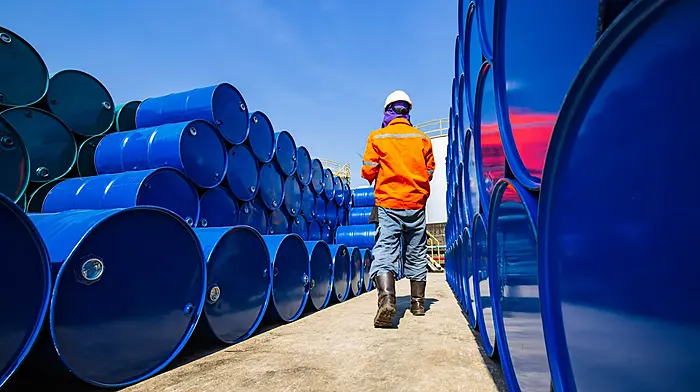THIS weekend one year ago, the reality of Covid-19 was brought closer to home when it hit Europe, specifically the northern Italian province of Lombardy, like a sledgehammer, having – it seems – been carried from China by businessmen back and forth between there and the big industrial area around Milan. Up to then, the coronavirus seemed to have been confined to China and the flow of information from there was so vague as to not cause much alarm in the Western world.
The speed with which the disease took hold in northern Italy was frightening with the first restrictions imposed on February 23rd in an effort to try to slow its spread, but it was too little too late for many as the death toll mounted and the images of army trucks lined up on a street in Bergamo waiting to take the bodies of victims of Covid-19 to crematoria in other cities, because the local cemeteries could not cope, endures in people’s minds. Those images were taken on March 18th last and the anniversary this year has been declared Coronavirus Memorial Day in Bergamo for all those who died from the virus there.
Meanwhile, Ireland had its first case of Covid-19 within a mere week of the Italian outbreak, on February 29th, when a man who had travelled home to here from northern Italy was diagnosed with the disease. Other Irish cases originated from the same region, including amongst people coming back from skiing holidays, in the early weeks of March leading to the closure of schools on the 12th and pubs four days later.
Restrictions increased further as acting Taoiseach Leo Varadkar and acting Minister for Health Simon Harris restored their political reputations – which had been damaged in the February general election – as they faithfully acted on the advice of the National Public Health Emergency Team, led by chief medical officer Dr Tony Holohan, which the public willingly bought into in the early stages of this pandemic.
We all know the way things have gone since then and that we are in a worse position a little under a year later with pandemic fatigue after taking hold, but as the CMO remarked on the first anniversary, on January 30th, of the World Health Organisation declaring Covid-19 to be a Public Health Emergency of International Concern, ‘It is beyond any expectations we had when the first case of this infection was reported in Ireland on February 29th last, that within one year we would have multiple vaccines developed, tested and being made available to our population. It is an immense scientific and public health achievement.’
New cases have come down in numbers since the start of the current lockdown, but last week they were still being reported at the rate of up to a thousand a day, which means that they will probably have to reduce 10-fold before restrictions are relaxed. It has already been indicated that there will be at least another month of strict restrictions after March 5th, with the building sector being allowed resume and schools possibly re-opened, but the retail and hospitality sectors won’t be able to resume business until after Easter at the very earliest.
April 12th has been speculated upon as a possible date to start gradually lifting restrictions, but it will be a much slower process this time than the ridiculously hasty action on December 1st last of opening up the economy for the sake of having a Christmas. People will say that it is easy to be wise in hindsight, but the evidence was there for all to see in the wake of the Thanksgiving holiday in the United States on November 26th, which led to a huge surge in cases there.
It was inevitable that the same would happen in Ireland. And it did. With a vengeance.
Going forward, it is vital that, whenever the case numbers have reduced enough for our hard-pressed public health service to be able to cope with them comfortably, we keep those levels of infection down, so that we won’t have to face any more lockdowns. This, combined with the slow but steady roll-out of vaccines, should provide the means to suppress the virus to the extent that we may be able to live again as opposed to just constantly struggling through restrictions.
For the sake of our collective physical and mental health, we need to free ourselves of the shackles of this pandemic, so one final big push from everyone to get the case numbers down over the next six weeks will contribute hugely to attaining that goal.

